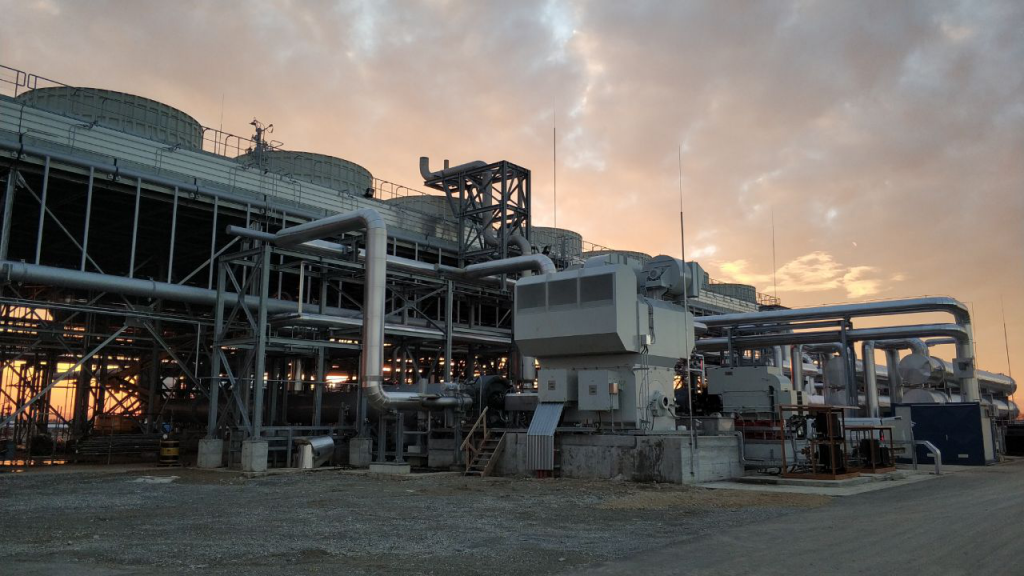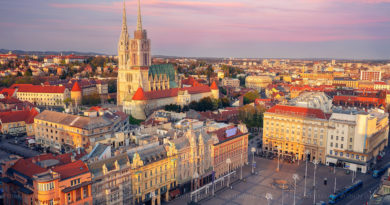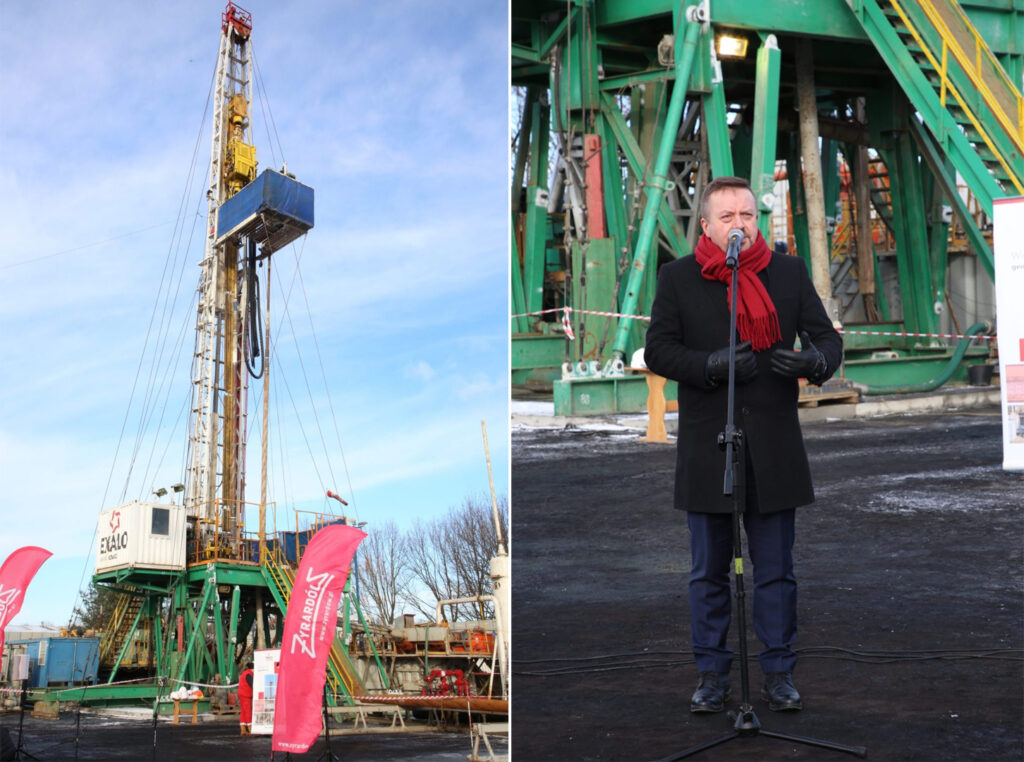Northern Croatia eyes geothermal as option for power and heating
Energy Disrupter
A feasibility study points to great geothermal potential in the North of Croatia with great opportunities for the utilization for power and heating.
Local news report on the a recent feasibility study for the Lunjkovec – Kutnjak exploration area in the North of Croatia. The study confirmed the great potential for the use of geothermal energy, and the feasibility of the development of a geothermal plant project that could make the Varazdin County energy independent and stimulate economic development, so Vecernji list.
The project will also be included in the North development agreement, which the counties will sign with the Government, and money from EU funds is also expected.
In Varazdin County with the municipality of Mali Bukovec, founded the company Bukotermal, primarily to use geothermal to generate electricity, and then to use heat for households and businesses, for example for the production of flowers and vegetables in greenhouses. This is an example of the way in which Croatia should continue to ensure the highest possible percentage of renewable energy sources and the fight against climate change, which was the main topic of the climate conference in Glasgow these days. In the region exists one geothermal well with water temperatures of up to 150 degrees Celsius. Bukotermal is a joint company by the Varazdin County (85%) and the Municipality of Mali Bukovec. The company plasn the development of a 1.5 to 2 MW plant in a first phase with planned start of operation in 2025. A second phase could then see the set up of a 10 MW plant.
“Croatia has extraordinary conditions to make great use of its geothermal potential as one of the forms of energy in the so-called energy mix, the use of multiple forms of energy for sustainable and responsible development. The Pannonian Basin in Croatia has a geothermal gradient as much as 60 percent higher (temperature rise with the depth of the Earth, op. Cit.) than the European average. Geothermal power plants can operate with a capacity factor of up to 95 percent, while the wind capacity factor is approximately 40 percent, and energy from photovoltaic power plants about 15 percent “, says Vladislav Brkic, Dean of the Faculty of Mining, Geology and Petroleum in Zagreb and president of the recently established Croatian Geohtermal Energy Association (HUGE).
The advantage of geothermal systems, he adds, is that they provide cooling, heating and hot water from the same installation, which is also environmentally friendly, uses underground heat, reduces carbon dioxide emissions and allows savings on bills, for example when using for greenhouse heating in agriculture.
“In Croatia, more than 4,000 exploration and production oil and gas wells have been drilled, which have exposed aquifers and some of them can be used, repurposed for the production of geothermal water for electricity, heating and agricultural purposes. Wells and some suitable geological formations can also be used for the storage of carbon dioxide, which is also a great potential, as well as for the storage of hydrogen in the future. Therefore, it is necessary to encourage further research “, says Dean Brkic, reports Vecernji list.
Source: Novi List

















